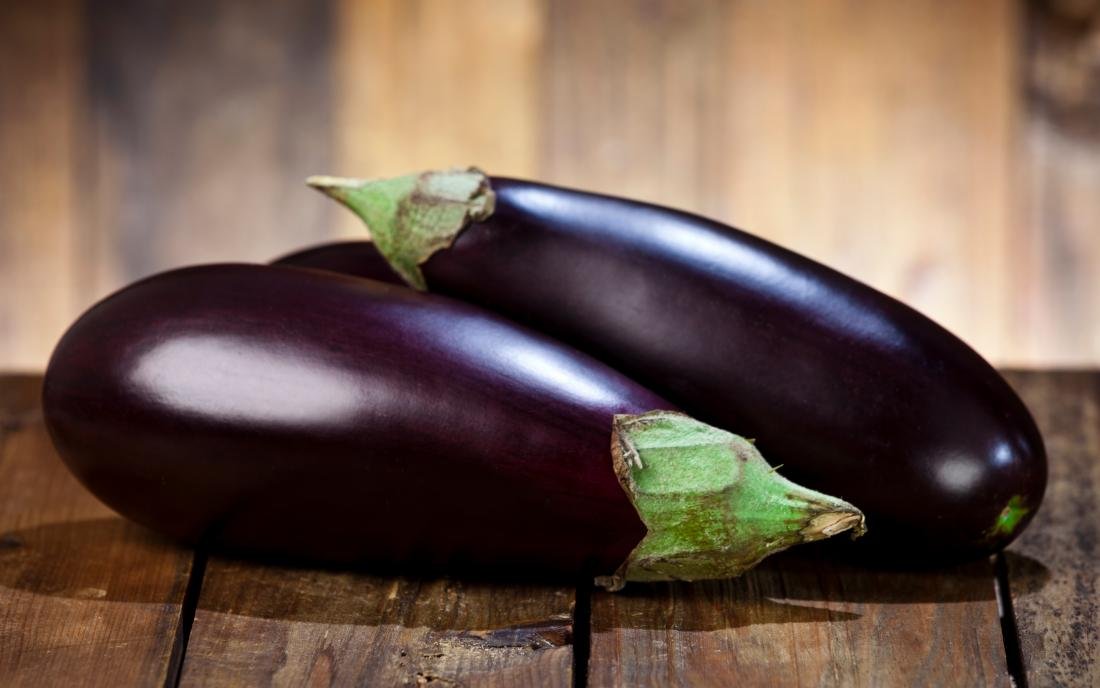When choosing an eggplant, it should be firm and not too large. The length of a cucumber and the general circumference of a large pear should be about right. Smaller eggplants are less likely to be bitter (a bit of salt can help with this) and have fewer seeds, although these are edible.
Eggplant (aubergine) is one of those plant-based foods that many Americans are unfamiliar with. In fact, they weren’t often eaten until more recently in North America. They were first grown as an ornamental plant. They are very attractive, with their glossy purple skin and interesting varieties.
Used as a traditional medicine in some Asian cultures, others have found eggplants to be a must for such dishes as eggplant parmesan and usually in casseroles with other vegetables, cheese, meat, and herbs.
Recently, scientists have found eggplant to contain powerful antioxidant phenols, including the anthocyanin phytonutrient nasunin, which is important for neutralizing damaging free radicals in your body.
Eggplant comes from the nightshade family of plants, with potatoes, tomatoes, all kinds of peppers, including cayenne, with a somewhat controversial potential for adverse reactions after eating. But in European and Middle Eastern cuisine, eggplant could be called a delicacy, a tradition or perhaps a comfort food. As with any other food, it’s often all about the preparation.

